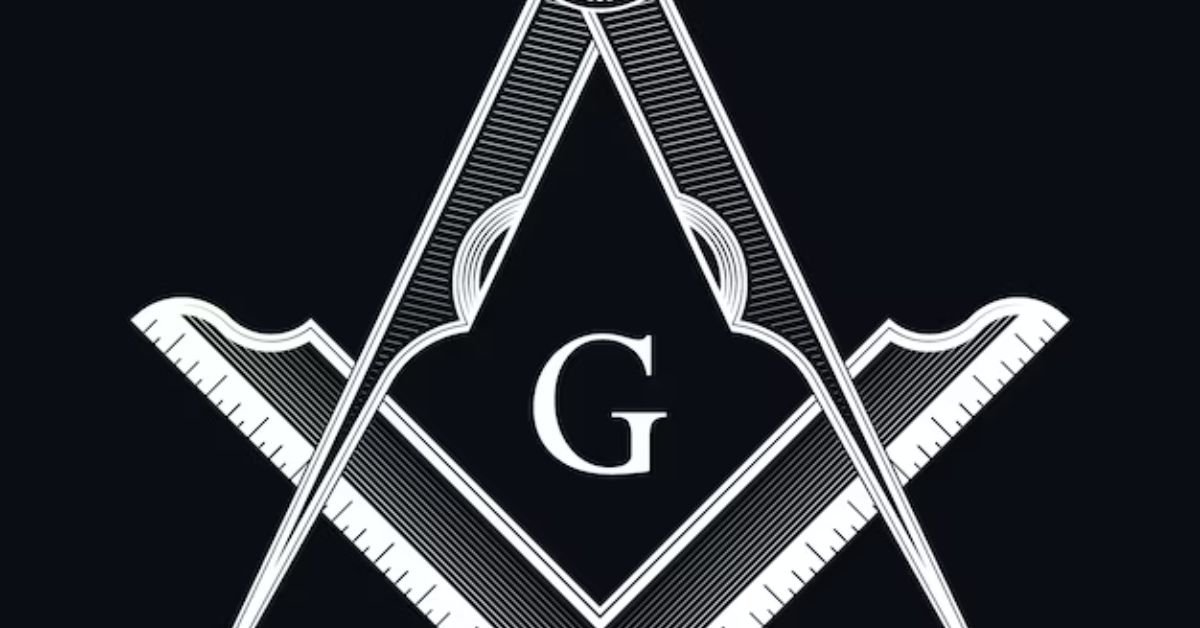The universe is vast, filled with mysteries and wonders that captivate our imagination. Among the myriad of celestial bodies, one term that has recently sparked interest is “Stars-923”. But what exactly does this term signify? Is it a new constellation, a distant star system, or something entirely different? In this article, we delve deep into the concept of Stars-923, exploring its origins, significance, and the mysteries surrounding it.
What is Stars-923?
Stars-923 is not just a random designation; it refers to a specific group of stars that have caught the attention of astronomers due to their unique characteristics. These stars are part of a cluster located in a distant region of the Milky Way. The designation “923” is a catalog number, used by scientists to identify and categorize this particular group within the broader stellar neighborhood. The study of Stars-923 has provided valuable insights into stellar evolution, galactic formations, and the overall structure of our galaxy.
The Discovery of Stars-923
The discovery of Stars-923 was a significant milestone in the field of astronomy. It was first observed by a team of astronomers using a state-of-the-art telescope equipped with advanced imaging technology. The cluster was identified through a series of detailed sky surveys, which revealed its unique spectral signatures. These signatures indicated that the stars within Stars-923 are older and more evolved than many others in their vicinity.
The Importance of Stars-923 in Astronomy
Stars-923 holds a special place in astronomical research due to its age and composition. The stars in this cluster are believed to be remnants of some of the earliest stellar generations in our galaxy. By studying them, scientists can gain insights into the conditions that prevailed in the early universe. The chemical composition of these stars, which includes heavier elements, suggests that they have undergone several cycles of stellar evolution, enriching the surrounding space with the building blocks of planets and life.
The Mysteries Surrounding Stars-923
Despite the progress made in understanding Stars-923, several mysteries remain. One of the most intriguing aspects is the apparent lack of any planetary bodies within this cluster. Given the age and composition of the stars, one would expect to find exoplanets orbiting them. However, extensive searches have so far yielded no results. This absence raises questions about the conditions that might inhibit planet formation in such environments.
Another mystery is the unusual motion of the stars within the cluster. Unlike other star groups that follow predictable orbital paths around the galactic center, Stars-923 exhibits erratic movements. This anomaly has led some scientists to speculate that there might be an unseen force, possibly a dark matter concentration, influencing the stars’ trajectories.
The Future of Stars-923 Research
The study of Stars-923 is far from complete. As technology advances and new observational tools become available, astronomers hope to uncover more about this enigmatic cluster. Upcoming space missions, such as those involving next-generation space telescopes, will provide higher-resolution images and more detailed data. These advancements could potentially solve the mysteries of Stars-923 and reveal even more fascinating aspects of our galaxy.
Conclusion
Stars-923 is a fascinating and enigmatic cluster that continues to challenge our understanding of the universe. Its unique properties and the mysteries it holds make it a prime target for future astronomical research. As scientists continue to probe deeper into the cosmos, Stars-923 may very well reveal secrets that could change our understanding of the galaxy and beyond.
FAQs
What makes Stars-923 unique compared to other star clusters?
Stars-923 is unique due to its age, chemical composition, and the absence of planetary bodies. These factors make it a valuable subject for studying early stellar evolution and galactic formation.
Why is there a lack of planets in the Stars-923 cluster?
The absence of planets in Stars-923 is one of its greatest mysteries. It is possible that specific conditions in the cluster’s environment prevent planet formation, but the exact reasons are still unknown.
What technologies are used to study Stars-923?
Advanced telescopes equipped with high-resolution imaging and spectral analysis tools are used to study Stars-923. Future space missions will likely employ even more sophisticated technology to gain deeper insights.
Could Stars-923 be influenced by dark matter?
Some scientists believe that the erratic movement of the stars within Stars-923 could be due to the presence of dark matter, although this hypothesis requires further investigation.
What can we learn from studying Stars-923?
Studying Stars-923 can provide valuable information about the early universe, the processes of stellar evolution, and the formation of galaxies. It also helps in understanding the distribution of elements necessary for life.











